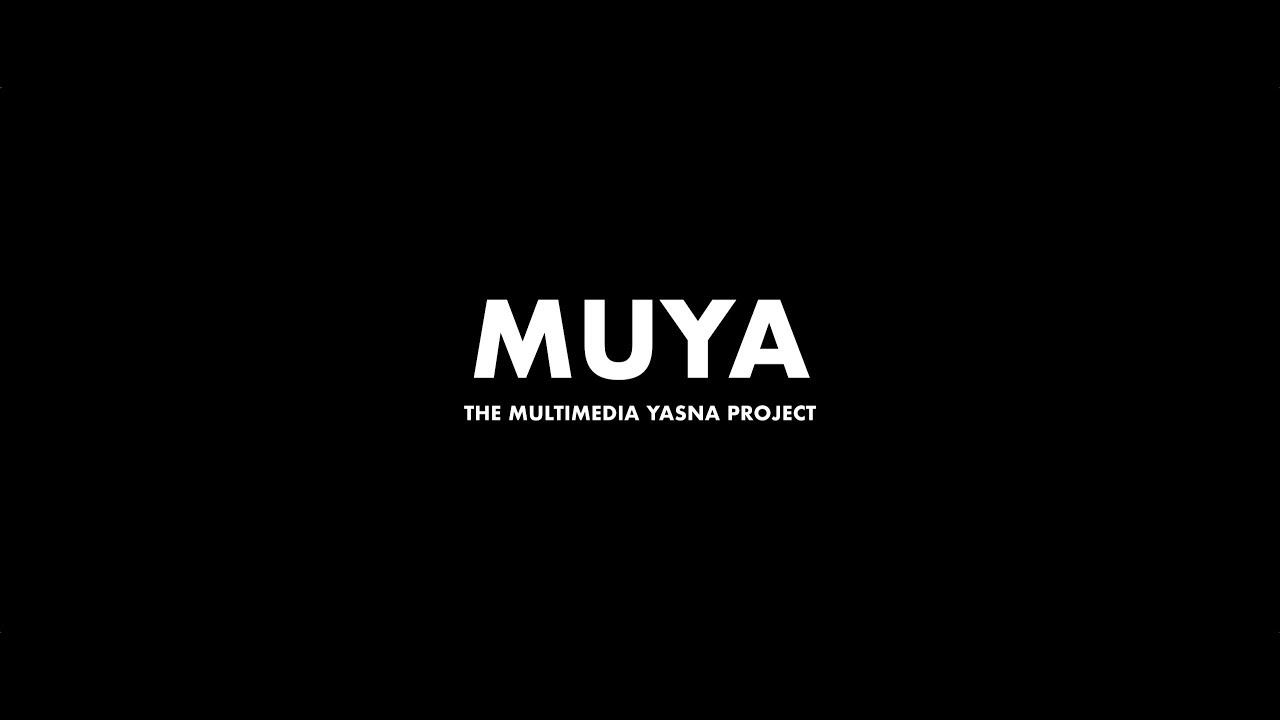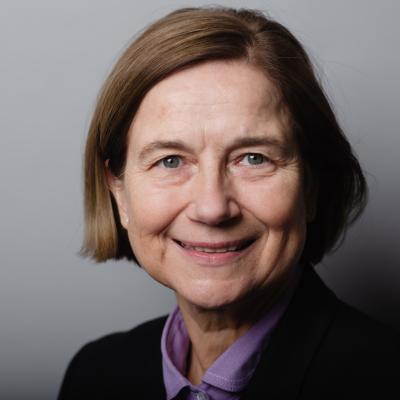The Multimedia Yasna (MUYA)


Overview
The Multimedia Yasna project examines the performance and written transmission of the core ritual of the Zoroastrian tradition, the Yasna, whose oldest parts date from the second millennium BCE.
Composed in an ancient Iranian language, Avestan, the texts were transmitted orally and not written down until the fifth or sixth century CE. The oral tradition continues to be central to the religion and the daily Yasna ceremony, the most important of all the rituals, is recited from memory by Zoroastrian priests.
The interpretation of the Yasna has long been hampered by out-dated editions and translations of the text and until now there has been no documentation and study of the performance of the full ritual. The project MUYA will examine both the oral and written traditions. It will film a performance of the Yasna ritual and create a critical edition of the recitation text examining the Yasna both as a performance and as a text attested in manuscripts. The two approaches will be integrated to answer questions about the meaning and function of the Yasna in a historical perspective.
Combining models and methodologies from digital humanities, philology and linguistics, the project will produce a subtitled, interactive film of the Yasna ritual, an online platform of transcribed manuscripts and editorial tools together with print editions, translations and commentaries of the Avestan Yasna. Information which was formerly restricted to students of Iranian philology and practising Zoroastrians will now become accessible to a world-wide audience through digital humanities.
The Multimedia Yasna
The project, based at SOAS, is headed by Almut Hintze as PI with an international team of researchers in the UK, Germany, India and Iran. It provides positions for three full-time and one part-time postdoctoral researchers (PDR), and three fully funded PhD scholarships.
Pictured: The MUYA team in Mumbai.









